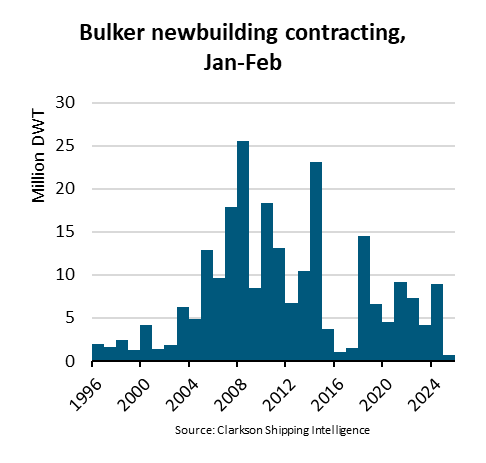
The Maritime Labour Convention (MLC) recognised the negative effect that bullying and harassment can have on seafarer health and wellbeing, and have voted to bring these serious issues under Regulation 4.3 – the health and safety protection and accident protection code.
Three changes have been made:
1. the latest version of the guidance on eliminating shipboard harassment and bullying is to be taken into account (jointly published by the International Chamber of Shipping and the International Transport Worker’s Federation).
2. In addition to the various health and safety matters,‘harassment and bullying’ has now been taken into account for the various health and safety matters of the MLC.
3. To the list of matters which should be considered for investigation in a health and safety context,‘problems arising from harassment and bullying’ has been added. Seafaring has long been considered a tough occupation due to the masculine nature of the profession and the rough conditions that prevail at sea.
Seafarers are often perceived as ‘tough people’ in the field, but contrary to this biased perception, a previous Sailors’ Society report in 2016 revealed that out of a study of more than 1,000 seafarers, 25 percent reported that they have experienced depressive symptoms over a two week period, while 45 percent did not ask for help. Seafarers are not invincible to adversities; they are just as vulnerable to psychological distress as the general population.
Over the past decade, considerable observed evidence reports that workplace harassment and bullying are prevalent and occur much more frequently than presumed.This, however, tends to be under reported. It has been cited that 35 to 50 percent of American employees have experienced bullying at some point in their working life (Lutgen and Sandvik et. al., 2007). Bullying at sea is no exception – during the 2017/18 financial year, ISWAN received 129 cases of bullying and abuse through their Seafarerhelp confidential helpline.
Definitions
Harassment includes any inappropriate and unwelcome conduct, which, whether intentionally or not, creates feelings of unease, humiliation, embarrassment or discomfort for the recipient. Bullying is a particular form of harassment that includes hostile or vindictive behaviour, which can cause the recipient to feel threatened or intimidated.
Bullying has a wide range of behaviours, not limited to but including:
“Almost 50 percent of seafarers have experienced some form of bullying, harassment or discrimination at sea” Nautilus International
Over the past decade, we have seen an increased focus on the subject of harassment in the maritime sector. Campaigns to raise awareness, integrating fair practices and implementing guidelines for effectively dealing with the issue are all positive steps. However, despite these efforts, bullying continues to be a challenging issue in the profession. It happens in private, often by a person in authority with intent to induce fear to the victim.Working at sea can make seafarers more vulnerable to harassment and bullying.This is due to the prevailing working conditions, the isolation, the tough nature of the profession and the fear of further victimisation or repercussions, if bullying is reported, since victims may labelled as troublemakers or have their contracts terminated.
Action
Companies and management can be the primary active agents of change by adopting a zero tolerance approach to dealing with bullying and harassment at sea. This can be implemented by:
Conclusion
Awareness campaigns, guidelines and practices decrease incidents by establishing strict regulations against bullying. Helping people come forward and disclose incidents is also encouraged. Additional, alternative approaches that could be considered include the implementation of emotional intelligence, leadership, cultural diversity intelligence programmes that have already been applied in school or work settings with outstanding results.
Source:UK P&I Club
Please Contact Us at:
 Ningbo Containerized Freight Index Weekly Commentar
Ningbo Containerized Freight Index Weekly Commentar  Ningbo Containerized Freight Index Weekly Commentar
Ningbo Containerized Freight Index Weekly Commentar  Ningbo Containerized Freight Index Weekly Commentar
Ningbo Containerized Freight Index Weekly Commentar  BIMCO Shipping Number of the Week: Bulker newbuildi
BIMCO Shipping Number of the Week: Bulker newbuildi  Ningbo Containerized Freight Index Weekly Commentar
Ningbo Containerized Freight Index Weekly Commentar  Ningbo Containerized Freight Index Weekly Commentar
Ningbo Containerized Freight Index Weekly Commentar